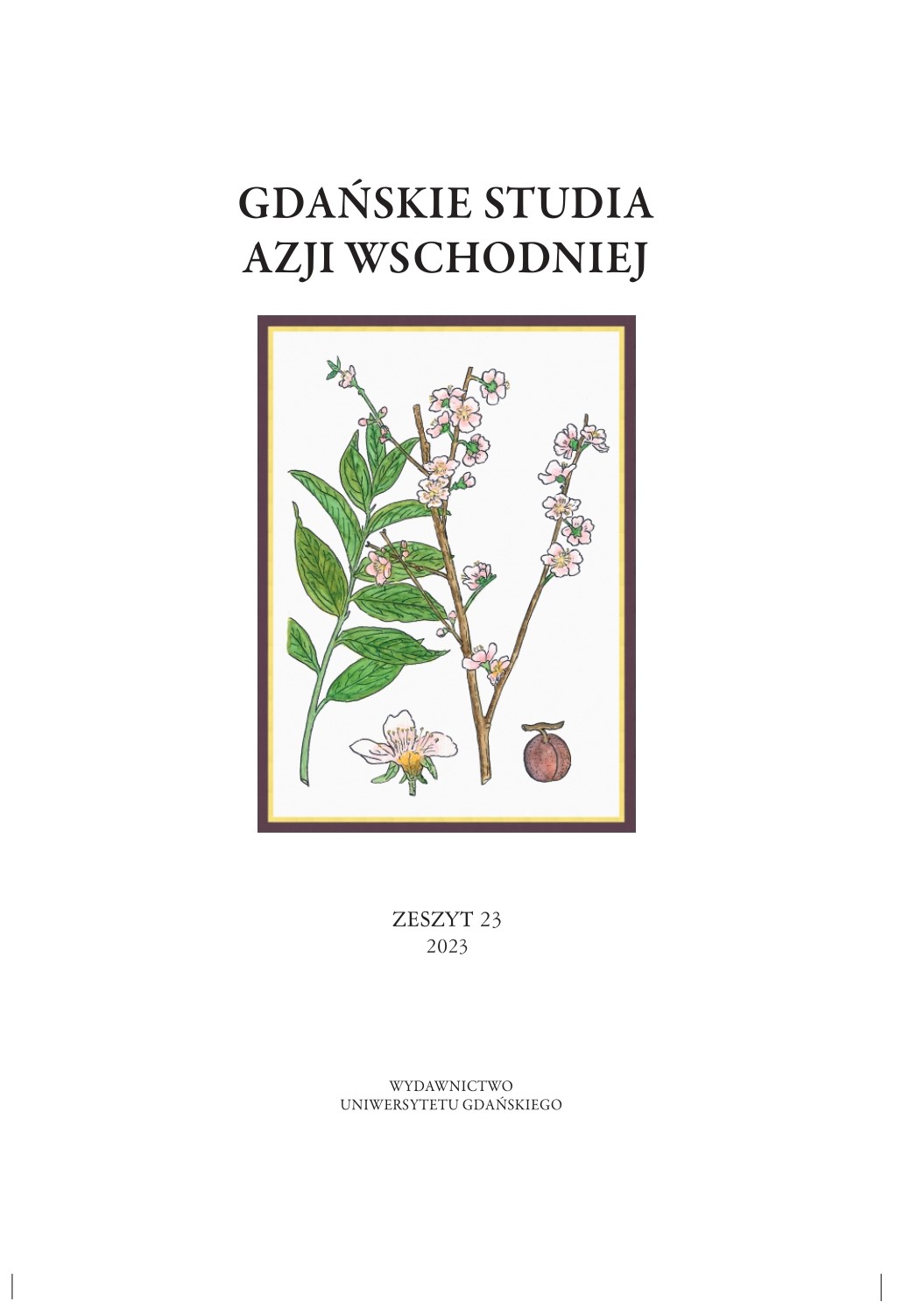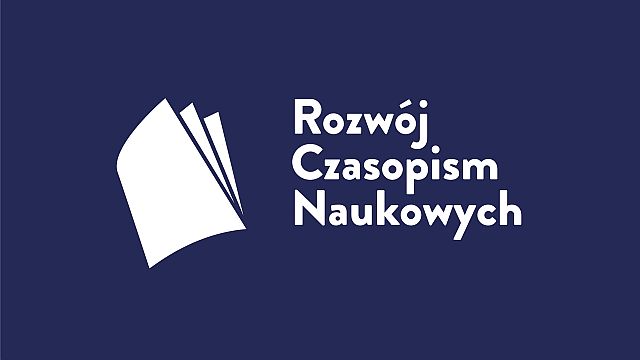Jedwabne tafty drukowane i malowane z XVIII wieku. Technologia wytwarzania na przykładzie wzorzystej tafty
Abstrakt
The article concerns silk clothing fabrics with hand-painted patterns. They were fashionable in eighteenth-century Europe. The original design of these fabrics competed with silk fabrics with woven patterns. Painted silks were produced in China (for the European market) and in Europe. They were more or less in the chinoiserie style. Examples of these fabrics and costumes made of these materials have survived. The article focuses on taffeta with a painted pattern. One of the fabrics is subjected to a deeper analysis in terms of the manufacturing technique.
Downloads
Bibliografia
Batowski Z., Jean Pillement na dworze Stanisława Augusta, Towarzystwo Naukowe Warszawskie, Warszawa 1936.
Brandt R. et al., Chinese export silks for the West, Brandt Asian Art, London, https://www.brandtasianart.com/chinese-export-silks-for-the-west.
Corradini P., Zakazane Miasto. Historia i zbiory sztuki, Wydawnictwo Arkady, Warszawa 1999. Court ladies preparing newly woven silk (1082–1135), Boston Museum of Fine Arts, malowany obraz na jedwabiu, https://artsandculture.google.com/asset/court-ladies-preparing-newly-woven-silk-zhang-xuan/FgHUyRfjbIIXAg (dostęp: 16.04.2023).
Farrell W., Silk and globalisation in eighteenth-century London: commodities, people and connections c. 1720– 1800, PhD thesis, Birkbeck, University of London, 2014.
Faryś P.K., Jedwabne tkaniny odzieżowe 1700–1800. Produkcja – wzornictwo – handel, Wydawnictwo Naukowe FNCE, Poznań 2021.
Faryś P.K., Styl chinoiserie na przykładzie osiemnastowiecznych jedwabnych tkanin odzieżowych europejskich manufaktur, „Res Historica” 2022, nr 54.
Fiegel W.B., The origin and development of silk screen printing and its application as a homecraft, Oklahoma College for Women Chickasha, Oklahoma 1963.
Haldane E.A., Encounters with paper conservation: the treatment of a Chinese painted silk dress, „Conservation Journal” 2005, no. 49.
Jolly A., A Taste for the Exotic. Foreign Influences on Early Eighteenth-Century Silk Designs, AbeggStiftung, Riggisberg 2007.
Kopania I., Rzeczy – ogrody – wyobrażenia. Chiny w kulturze Rzeczypospolitej czasów Stanisława Augusta, Instytut Sztuki PAN, Warszawa 2012.
Krucińska I., Konecki W., Michalak M., Systemy pomiarowe we włókiennictwie, Wydawnictwo Politechniki Łódzkiej, Łódź 2006.
Künstler M.J., Sztuka Chin, Wiedza Powszechna, Warszawa 1991.
Kwass M., The Consumer Revolution, 1650–1800, Cambridge University Press, Cambridge – New York 2022.
Lowengard S., The Creation of Color in Eighteenth-Century Europe. Object studiem – fabric, painted, http://www.gutenberg-e.org/lowengard/C_Chap43.html (dostęp 19.04.2023).
Michałowska M., Leksykon włókiennictwa, Krajowy Ośrodek Badań i Dokumentacji Zabytków, Warszawa 2006.
Po R.C., Tea, Porcelain, and Silk: Chinese Exports to the West in the Early Modern Period, The Oxford Research Encyclopedia of Asian History, 26.04.2018, https://oxfordre.com/asianhistory/view/10.1093/acrefore/9780190277727.001.0001/acrefore-9780190277727-e-156 (dostęp: 14.04.2023).
Prodan M., Sztuka chińska – wprowadzenie, PWN, Warszawa 1975.
Szosland J., Podstawy budowy i technologii tkanin, WNT, Warszawa 1979.
Thornton P., Baroque and Rococo Silks, Faber & Faber, London 1965.
Turnau I., Moda i technika włókiennicza w Europie od XVI do XVIII wieku, Instytut Historii Kultury Materialnej PAN, Ossolineum, Wrocław 1984.
Vainker S., Chinese silk a cultural history, The British Museum Press, London 2004.
Watt J., Wardwell A., When Silk Was Gold. Central Asian and Chinese Textiles, The Metropolitan Museum of Art – Cleveland Museum of Art, New York 1997.
Zasławska D.N., Chinoiserie w Wilanowie: studium z dziejów nowożytnej recepcji mody chińskiej w Polsce, Muzeum Pałac w Wilanowie – Wydawnictwo Neriton, Warszawa 2008.

 Uniwersyteckie Czasopisma Naukowe
Uniwersyteckie Czasopisma Naukowe





